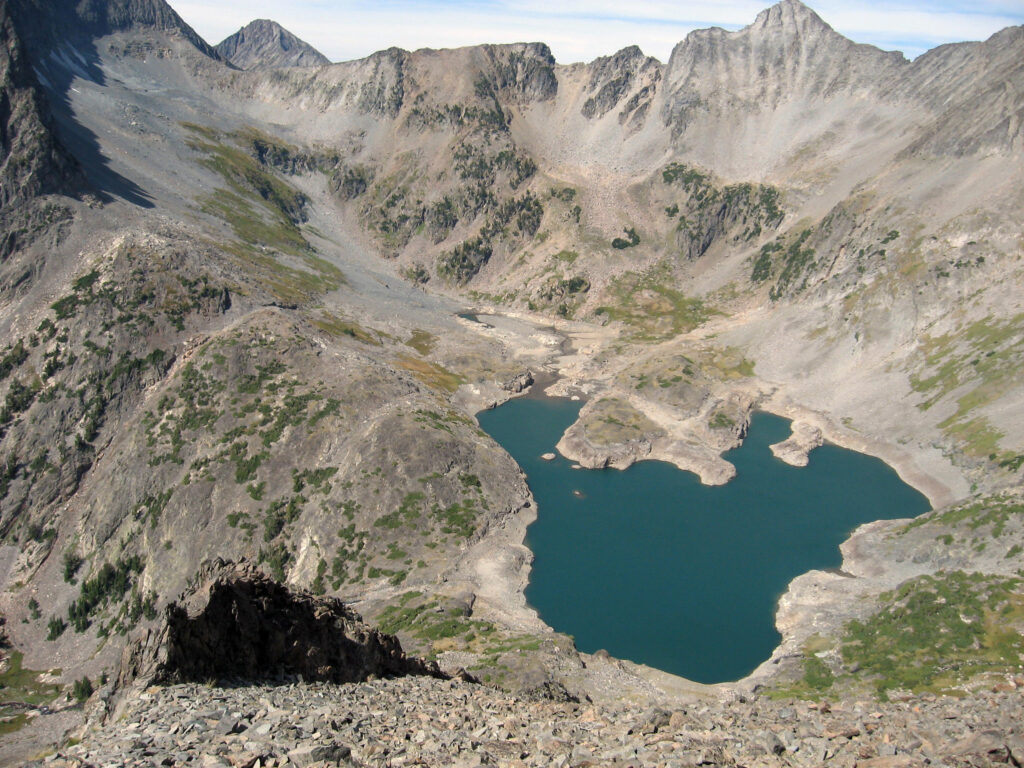A public comment submitted by PERC to the U.S. Forest Service in support of the South Crazy Mountains Land Exchange.
The Property and Environment Research Center (PERC) respectfully submits the following comment on the proposed South Crazy Mountains Land Exchange. PERC is a 40-year-old nonprofit research and conservation institute located in Bozeman, Montana, dedicated to enhancing environmental quality using property rights and markets. PERC’s staff and associated scholars conduct original research that applies market-based principles to resolve environmental disputes in a cooperative manner, with an emphasis on public and private land-use issues. Our researchers and scholars have long documented the benefits of consolidating inaccessible or difficult-to-access public and private landholdings.[i]
We write to express support for the proposed land exchange in the south end of the Crazy Mountains, a checkerboarded region known for its access challenges. By consolidating public and private landholdings and formalizing several road and trail easements, this land exchange would help address several longstanding access challenges in the region, benefiting both the general public and nearby private landowners. In this comment, we wish to highlight the practical benefits of working with landowners to consolidate public and private landholdings, as well as to emphasize the potentially large economic benefits associated with improving public access and strengthening property rights.
The U.S. Forest Service has recently sought to enhance public access to the Crazy Mountains by working with, not against, private landowners in the region. The agency should be commended for such a win-win approach, which honors landowners’ private property rights and seeks to resolve access challenges through negotiation instead of litigation. The now-complete Porcupine Ibex trail reroute on the western side of the range is one excellent example of working with landowners to enhance access. This newly proposed land exchange, which has been many years in the making, is yet another example. The Forest Service should continue to seek to work with landowners in the region to enhance access by building relationships and trust with landowners, respecting existing property rights, and finding solutions that leave everyone better off.[ii]
Many of the benefits of consolidating public and private landholdings are well documented. These include enhancing the general public’s ability to access lands for recreation, agency officials’ ability to effectively monitor and manage public lands and natural resources, and private landowners’ ability to steward and manage their lands. Recent research by scholars at PERC has demonstrated the often-overlooked economic benefits of consolidating public and private landholdings.[iii]
Our researchers estimate there are 6.02 million acres of inaccessible “stranded” public lands in 11 western states.[iv] Montana has the most inaccessible land of any western state, at 1,913,000 acres. The economic implications of such “stranded” lands are significant. Overall, our scholars—in this case, two economists at Arizona State University and U.C. Santa Barbara—have found that a 1 percent increase in the amount of inaccessible land in a county reduces land values by as much as 35 percent. There are several reasons why this may be the case. First, inaccessible land reduces recreational opportunities. Second, it may lead to higher rates of trespass and property conflict. And third, it reduces agencies’ ability to manage lands and to control wildfires, invasive species, or noxious weeds.
The implications of this research are clear: Even marginal changes in land ownership patterns that improve public access while strengthening private property rights can result in potentially large economic benefits. The proposed land exchange in the southern Crazy Mountains would do just that. We commend the agency for working with landowners in the region, and we support this proposed exchange that would result in significant benefits to the public, landowners, and Montana’s broader economy.
[i] See, e.g, Bryan Leonard and Andrew J. Plantinga, Stranded: The Effects of Inaccessible Public Land on Local Economies in the American West, Working Paper, (August 31, 2018), available at https://drive.google.com/file/d/1zpqGCx0LLy5bpEVuGiFmsqu6-AFuAZsA/view; see also Tim Fitzgerald, Federal Land Exchanges: Let’s End the Barter, PERC Policy Series, (June 2000), available at https://www.perc.org/wp-content/uploads/old/ps18.pdf.
[ii] See Shawn Regan. There’s a Right and a Wrong Way to Enhance Access, Bozeman Daily Chronicle, (Nov 5, 2019), available at https://www.bozemandailychronicle.com/opinions/guest_columnists/there-s-a-right-and-a-wrong-way-to-enhance/article_34269960-1bbd-5c08-b699-d71870ab603f.html
[iii] See Leonard and Plantinga, note 1.
[iv] A related report published by the Theodore Roosevelt Conservation Partnership and OnX found 9.52 million acres of inaccessible public lands in thirteen western states: Arizona, California, Colorado, Idaho, Montana, New Mexico, Nevada, North Dakota, Oregon, South Dakota, Utah, Washington, and Wyoming. See Off Limits, But Within Reach: Unlocking the West’s Inaccessible Public Lands, available at: http://www.trcp.org/wp-content/themes/trcptheme/assets/images/lwcf/TRCP%20onX%20Landlocked%20Report.pdf



